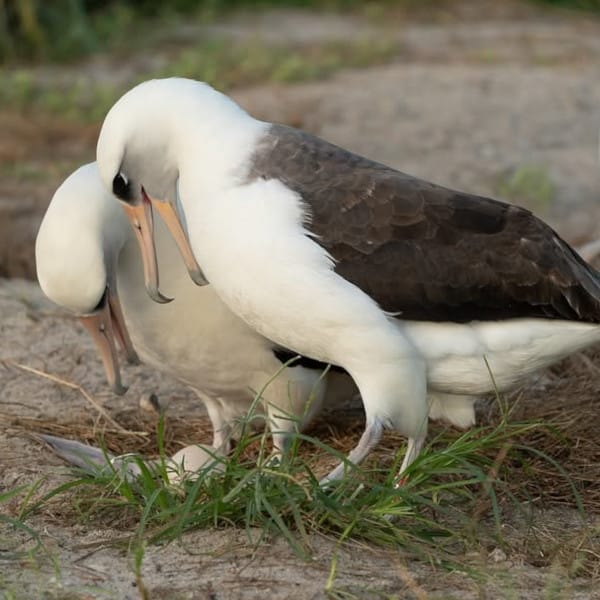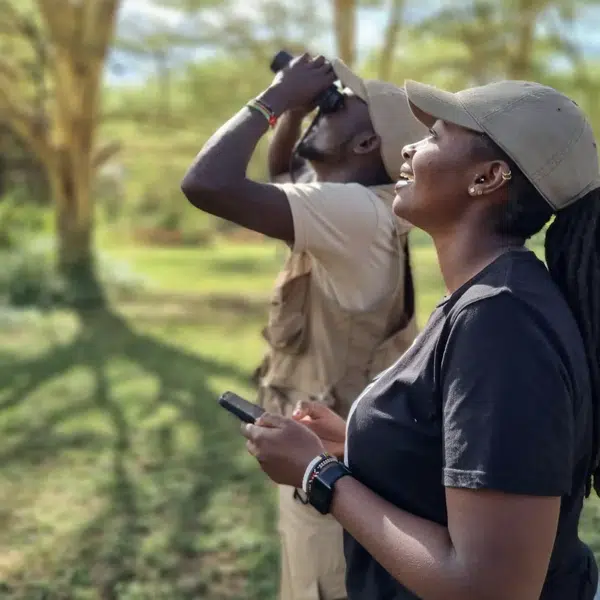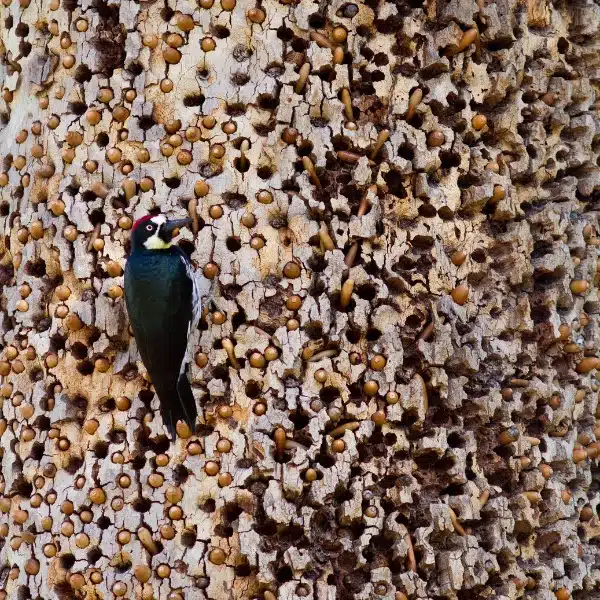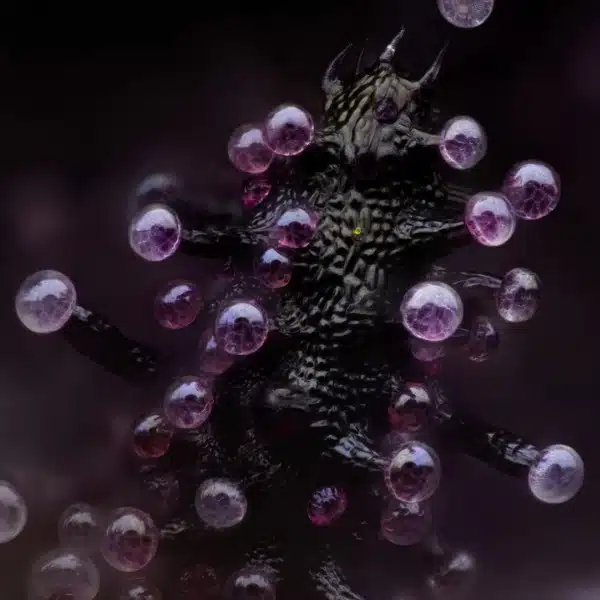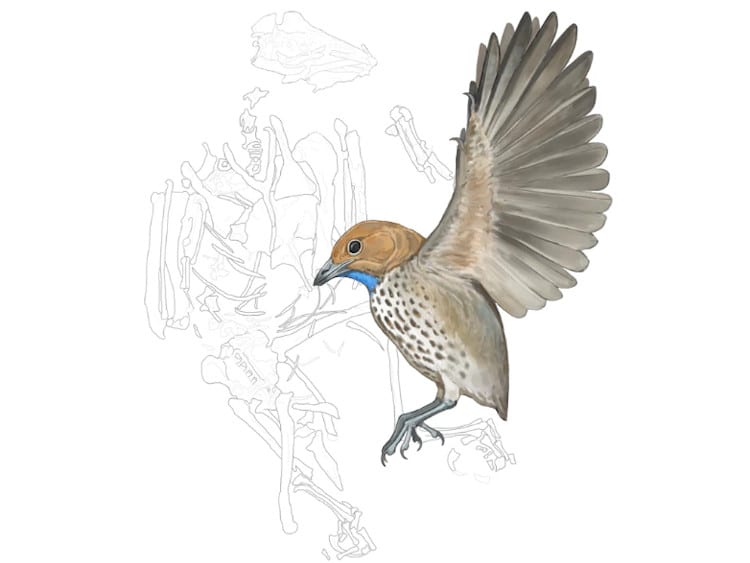
Illustration showing the fossil skeleton of Imparavis attenboroughi, alongside a reconstruction of the bird in life. (Photo: © Ville Sinkkonen, via The Field Museum)
Sir David Attenborough has inspired many generations to learn about the world around them and pursue a nature-related career. And now, one of the scientists he moved has found a unique way to pay him back. Alex Clark, an evolutionary biologist at the University of Chicago, recently published a study about a newly discovered species of prehistoric birds that may change what we know about avian evolution. As a tribute to Attenborough, Clark named the species Imparavis attenboroughi, which means “Attenborough’s strange bird” in Latin.
The Imparavis attenboroughi lived 120 million years ago, but unlike its contemporaries, it lacked teeth. While birds today don't have teeth, this lack of dentition in the prehistoric bird made it unique, as it was more common to have them back then. “Before Imparavis, toothlessness in this group of birds was known to occur around 70 million years ago,” Clark tells CNN. “With Imparavis, it turns out it occurred nearly 48 million years earlier. Today, all birds lack teeth. But back in the Mesozoic, toothed little mouths were the norm. If you saw one without teeth, it’d be the oddball—and that’s what Imparavis was.”
The fossil that kickstarted this study was found by an amateur fossil hunter in northeastern China. It was then exhibited at the Shandong Tianyu Museum of Nature in Linyi, China, where its skeleton stood out to Jingmai O’Connor, an associate curator of fossil reptiles at the Chicago Field Museum, who is also co-author of the paper.
“I think what drew me to the specimen wasn’t its lack of teeth—it was its forelimbs,” O’Connor said in a statement. “It had a giant bicipital crest—a bony process jutting out at the top of the upper arm bone, where muscles attach. I’d seen crests like that in Late Cretaceous birds, but not in the Early Cretaceous like this one. That’s when I first suspected it might be a new species.”
The bird belonged to a group named enantiornithines. They are also known as “opposite birds” because they had a shoulder joint feature that is quite different from the one found in birds today. “Enantiornithines are very weird. Most of them had teeth and still had clawed digits,” said Clark, “If you were to go back in time 120 million years in northeastern China and walk around, you might have seen something that looked like a robin or a cardinal, but then it would open its mouth, and it would be filled with teeth, and it would raise its wing, and you would realize that it had little fingers.”
While this is not the first animal to be named after Attenborough, it may be the first to change the paradigm. “It is a great honor to have one’s name attached to a fossil, particularly one as spectacular and important as this. It seems the history of birds is more complex than we knew,” said Attenborough. Other creatures named after him include a semi-slug named Attenborougharion rubicundus and the Zaglossus attenboroughi, also known as Attenborough’s long-beaked echidna.
Having been inspired by Attenborough his whole life, the scientists share that the work they do is connected to the naturalist's message of protecting the environment. “Learning about enantiornithines like Imparavis attenboroughi helps us understand why they went extinct and why modern birds survived, which is really important for understanding the sixth mass extinction that we’re in now,” O’Connor said. “The biggest crisis humanity is facing is the sixth mass extinction, and paleontology provides the only evidence we have for how organisms respond to environmental changes and how animals respond to the stress of other organisms going extinct.”
Evolutionary biologist Alex Clark decided name a newly discovered species of prehistoric birds in honor of Sir David Attenborough. Imparavis attenboroughi means “Attenborough’s strange bird” in Latin.
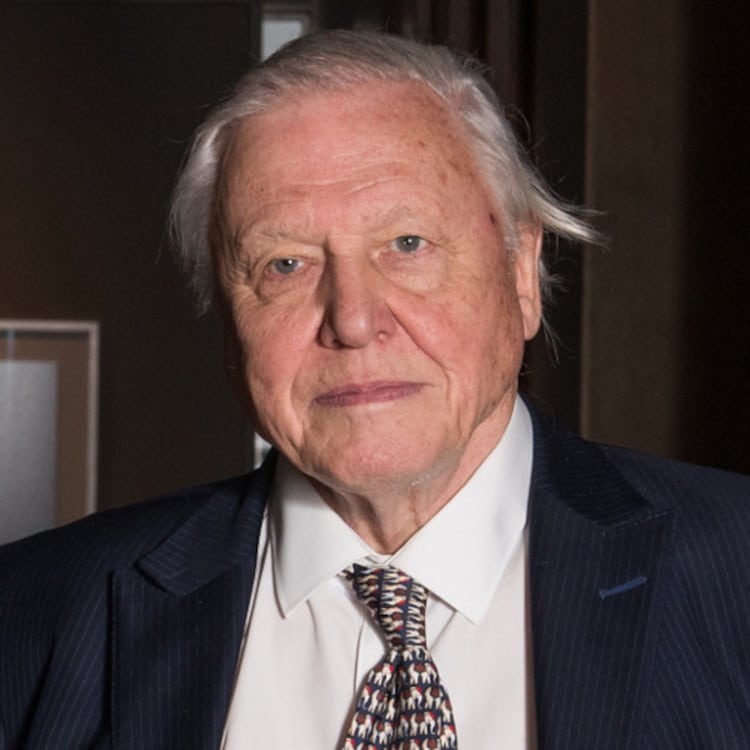
Photo: John Cairns via Wikimedia Commons (CC BY 4.0)
h/t: [Smithsonian Magazine]
Related Articles:
World’s Oldest Piece of Fossilized Skin Is Discovered in Oklahoma Cave
72-Million-Year-Old Fossil of Ancient “Sea Dragon” Discovered in Japan
337-Million-Year-Old Shark Fossils Found at Mammoth Cave National Park
New Dinosaur Fossil Has Shockingly Long Legs That Connect it to Ancient Bird Ancestors











































































